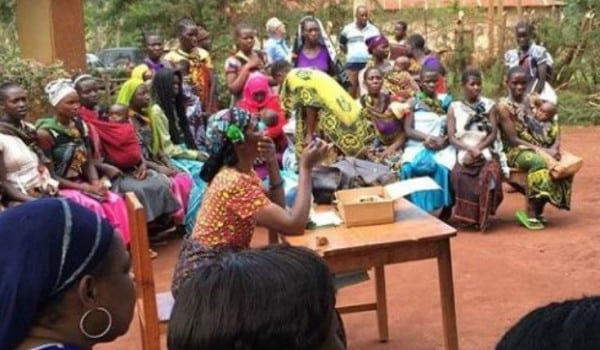
by IH Solheim, KM Moland, C Kahabuka, ABPembe, A Blystad
Social Science & Medicine 2020(January);245. Article 112676
Abstract
Misoprostol has during the past few yearsbecome an important obstetric drug used for different purposes both within andoutside hospitals in Tanzania. In this paper, we analyze how misoprostol isperceived, accessed and used off-label as an abortion drug in the city andregion of Dar es Salaam. The study took place from July to November 2015, andhad a qualitative explorative approach. We carried out in-depth interviews (42)with the following main categories of informants: women having undergonemedical abortion (15), health care workers with experiences from post-abortioncare (16) and drug vendors (11). Focus group discussions (10) were carried outwith young women. A client simulation study was carried out in 64 drugstores acrossDar es Salaam assessing the availability of misoprostol and the advice givenconcerning its use. In addition, shorter qualitative interviews were carriedout with representatives of NGOs and public agencies working with sexual andreproductive health issues (17). Our findings reveal that in Dar es Salaam,misoprostol is well known, available and accessed for abortion purposes throughdrugstores and healthcare providers. Women tend to prefer misoprostol overother abortion methods since it allows for a private, low-cost, safer and lessuncomfortable abortion experience. But, while misoprostol facilitates women’sagency in the process of seeking abortion, a series of obstacles shaped by arestrictive abortion law and an unregulated pharmaceutical market hinder itssafe use. Central obstacles are profit-seeking providers, suboptimal userinstructions and limited follow-upand uncertain access to emergency care in case of an incomplete abortion. In the discussion of the material we draw upon Van der Geest, Hardonand Whyte’s concept of the ‘social life of pharmaceuticals’ and indicate theways in which misoprostol acts as an agent of change in the social relationsconnected to abortion.
Excerpts from the main text
Most of the womenparticipating in the focus group discussions reported knowing someone, directlyor indirectly, who had aborted using ‘miso’. They believed it was the mostcommon abortion method used in their community and had considerable knowledgeabout access locations, prices and doses typically used. Most had learned aboutit from friends, others from doctors, pharmacists, organizations or from web pagesor social media. Some had even learned about it overhearing discussions in thestreet or in hair saloons….
Many of the health workers that weinterviewed in different facilities believed that over the last few years therehad been a drop in critically ill patients seeking care after abortion, alongwith a change in the commonly admitted complications. This study did notprovide numerical evidence, but health workers with years of experience notedthat compared to earlier, fewer women were admitted with uterine perforations,infections or sepsis after abortion. Instead, more were currently presentingwith prolonged bleeding from incomplete abortions or simply with normalsymptoms of an ongoing abortion, such as abdominal cramps and heavy but self-limitingbleeding. They related these changes to the recent shift towards medicalabortion….
However, some worried about low-quality orfake drugs: “The pharmacies are where they have the original drugs and whereyou can get instructions, but I have seen people avoid going to those. They goto the small ones because they are very careful. They know it’s illegal so theygo there and then google how to use them (the drugs).”(Student, 23 years, FGD)Some drug vendors as well as health workers insisted that certain misoprostol brandswere effective while others were not. Moreover, misoprostol was typically solduncontained by boxes and without instruction sheets, sometimes even withoutblisters. Without this basic packaging, misoprostol is known to degrade andlose effect. A pharmacist also commented that some vendors had kept on selling batchesof misoprostol past its expiration by simply remarking its dates,
While medicalassistance was perceived to be the safer option, we found that even among healthworkers there was inconsistency about the correct use of misoprostol. Reporteddoses at times seemed to be confused with those for other uses of misoprostol(post-delivery bleeding, induction of labour, incomplete abortion). A fewselect health workers who reported having received formal medical abortiontraining usually followed international recommendations. However, the same healthworkers dispiritedly reported how their patients would return to them havingused only a fraction of the recommended dose, either because the full dose wastoo expensive, or because friends or drug vendors had advised them differently.Several clinicians also underlined the difficulty of a proper follow-up.Because of the restrictive law, most ended up merely handing out or prescribingthe drugs.
PHOTO: Kigoma, article by Kvinnefronten,2016



